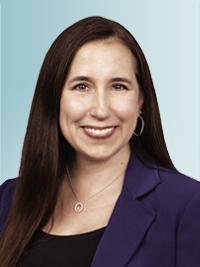The Securing a Strong Retirement Act of 2022 (SECURE 2.0) allows plan sponsors of 401(k), 403(b), and Governmental 457(b) plans to accept employee self-certification as proof that necessary conditions for a hardship withdrawal have been met. It’s important to note that hardship distribution provisions are not mandatory for all plans, and even if they are adopted, plan sponsors may limit the sources from which distributions can be made. The option to allow self-certification is also at the discretion of the plan sponsor; they may choose to continue requiring supporting documentation for a participant to take a hardship distribution. It’s recommended that plan sponsors establish an impartial and consistent policy regarding the required support. However, if the plan sponsor has information indicating that the participant does not meet the safe harbor distribution requirements, they can request supporting documentation before approving the distribution.
Self-Certification
The participant self-certification should be in writing and include the following:
- The distribution meets the requirements of one of the safe harbor hardship reasons.
- The distribution is not more than the amount required to satisfy the financial need.
- The participant does not have alternate means reasonably available.
- The participant will maintain documentation and be able to provide it later if asked.
Safe Harbor Hardship Reasons
The IRS requires that participants who receive a hardship distribution must have an immediate and heavy financial need limited to the amount necessary to satisfy that financial need. The IRS regulations state the below meet the safe harbor reasons for a need:
- Medical care expenses for the employee, the employee’s spouse, dependents or beneficiary.
- Costs directly related to the purchase of an employee’s principal residence (excluding mortgage payments).
- Tuition, related educational fees and room and board expenses for the next 12 months of postsecondary education for the employee or the employee’s spouse, children, dependents or beneficiary.
- Payments necessary to prevent the eviction of the employee from the employee’s principal residence or foreclosure on the mortgage on that residence.
- Funeral expenses for the employee, the employee’s spouse, children, dependents, or beneficiary.
- Certain expenses to repair damage to the employee’s principal residence.
- Expenses and losses (including loss of income) incurred by an employee on account of a Federal disaster declaration provided that the employee’s principal residence or principal place of employment was located in the disaster zone and designated for individual assistance.
The above provides highlights of the hardship distribution provisions. Please contact us to schedule a consultation for additional guidance on the impact of the plan.





